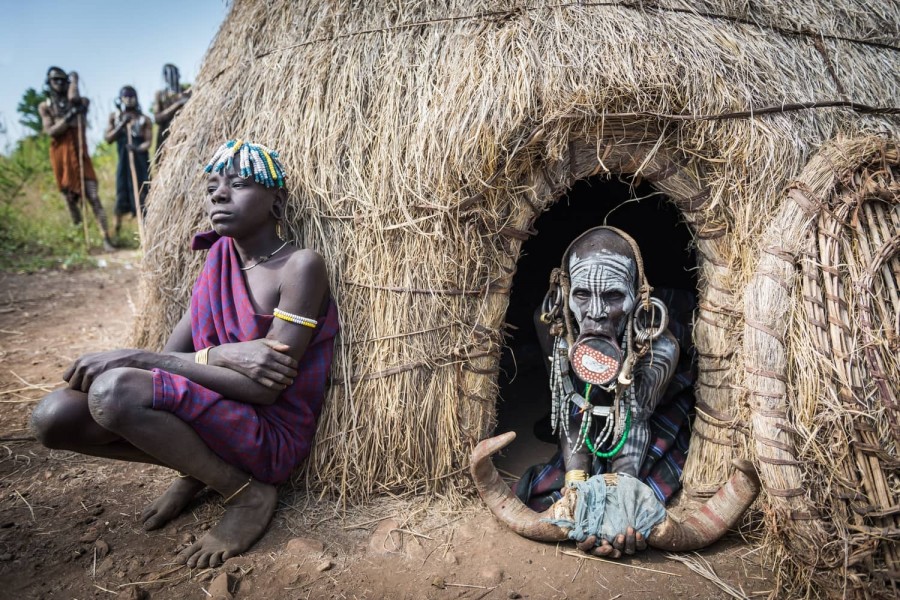Nestled in the heart of Ethiopia, Mago National Park is a captivating destination that offers a unique blend of natural beauty and cultural richness. This park is not just a haven for wildlife enthusiasts but also a fascinating place for those interested in exploring the diverse tribal cultures of Ethiopia. With its lush landscapes and vibrant communities, Mago National Park promises an unforgettable experience for every traveler.
What to See in Mago National Park
Mago National Park is a treasure trove of natural wonders and cultural experiences. The park is home to a variety of wildlife, including elephants, giraffes, buffaloes, and numerous bird species. The Mago River, which flows through the park, adds to the scenic beauty and provides a vital water source for the animals.
One of the main attractions of Mago National Park is the opportunity to visit the indigenous tribes that inhabit the area. The Mursi tribe, known for their distinctive lip plates and body scarification, is perhaps the most famous. Visitors can also meet the Hamar, Karo, and Banna tribes, each with their own unique customs and traditions. Engaging with these communities offers a rare glimpse into a way of life that has remained largely unchanged for centuries.
A Bit of History and Interesting Facts
Mago National Park was established in 1979 and covers an area of approximately 2,162 square kilometers. It is part of the larger Omo Valley, a region recognized for its archaeological significance and cultural diversity. The park’s landscape is characterized by savannahs, acacia woodlands, and riverine forests, providing a diverse habitat for its wildlife.
The Mursi tribe, one of the park’s most well-known communities, has a rich cultural heritage. The practice of wearing lip plates, which is often associated with beauty and social status, is a tradition that dates back centuries. The Mursi people are also known for their elaborate body painting and scarification, which hold cultural and spiritual significance.
An interesting fact about Mago National Park is that it is part of the UNESCO World Heritage-listed Lower Valley of the Omo, an area that has yielded some of the oldest human fossils ever discovered. This makes the park not only a place of natural beauty but also of great historical importance.
Getting There and Tips for First-Time Visitors
Mago National Park is located in the Southern Nations, Nationalities, and Peoples’ Region of Ethiopia. The nearest town is Jinka, which serves as a gateway to the park. To reach Jinka, travelers can take a domestic flight from Addis Ababa, the capital of Ethiopia, or opt for a long but scenic drive through the Ethiopian countryside.
Once in Jinka, visitors can hire a local guide and a 4×4 vehicle to explore the park. It is advisable to visit during the dry season, from October to March, when the roads are more accessible, and wildlife viewing is at its best.
For those visiting Mago National Park for the first time, it is important to respect the local customs and traditions. When visiting tribal communities, always ask for permission before taking photographs and be mindful of cultural sensitivities. Hiring a knowledgeable guide can enhance your experience by providing insights into the local culture and ensuring a respectful interaction with the tribes.
In conclusion, Mago National Park is a destination that offers a unique blend of natural beauty and cultural richness. Whether you’re a wildlife enthusiast or a cultural explorer, this park promises an unforgettable journey into the heart of Ethiopia’s tribal cultures.








